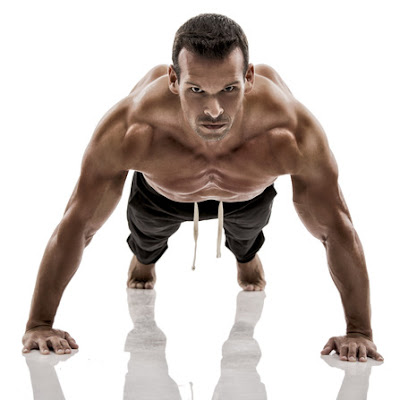When you don't have time to work out in the gym, you can always exercise at home. Here are a few options: pushups, walk-planks, dips, and jumping pushups. Try doing ten reps of each. Try doing an even number of reps on each leg.
Dips
Dips are a great exercise for the chest that focuses on the chest muscles. They are a great way to build your chest and make it wider. This exercise also activates stabilising muscles. Do several sets at a time, with a short rest in between each set. You can also add weights to make the exercise more challenging.
Dips can be performed at home or in a gym. Dips require a bar or a bench that offers support on the bottom. Ideally, the bar is at shoulder-width level and the elbows should be extended fully.
Pushups
One of the most basic exercises for the chest is pushups. Pushups are performed by bending the elbows at an angle around 45 degrees. These exercises target the chest, arms, and ab muscles. Ideally, you should do them with proper form to get the most benefit.
The pushup is a timeless muscle-building exercise. Despite the simplicity of this move, it still requires serious chops. Perform one set of ten reps while raising one leg and lowering the other leg. Repeat the exercise alternating legs. For a more challenging workout, you can try plyometric pushups.
Pushups are excellent for the chest because they target the entire upper body. They work the pecs, triceps, and deltoids. They also strengthen the entire core, including the glutes, quadriceps, and small stabilizing muscles in the upper back. They also require little or no equipment.
jumping pushups
Jumping pushups at home is a great way to develop a strong chest, upper back and obliques. It can also build balance. There are several variations of the pushup. You can do a traditional pushup or one that requires your knees to be bent.
The traditional pushup is performed by starting in a crouching or standing position with your hands resting on the floor underneath your shoulders. Then, push yourself up using your arms, while simultaneously bending your elbows. As your chest rises up, squeeze your shoulder blades as you press yourself up. Once you have performed enough repetitions, you can begin adding resistance to the pushup.
You can also perform variations at home. You can perform these pushups on your knees if you have trouble doing a standard pushup. These variations are similar to the standard pushup but require a slightly narrower grip. You also want to keep your elbows close to your body. This will help keep your triceps and back flat.
walking plank
Performing a walking plank for chest exercise at home is a great way to strengthen your chest muscles and improve your posture. This exercise is also beneficial for your back, since it can help to align your vertebrae. This will relieve pressure on your spine and avoid unnecessary strain on your muscles. You can also use this exercise to strengthen your abs.
To perform the walking plank, start by lying sideways on the floor. Place your right hand under your shoulder and the inside of your other foot should be flat on the floor in front of the opposite foot.
Standing dumbbell upright row
Before performing an upright row with dumbbells, make sure your back is straight. Also, make sure your elbows are slightly higher than your wrists and forearms. Keep your posture straight throughout the exercise, as incorrect posture can cause discomfort and injury. Also, improper posture makes the exercise less effective.
To do a standing dumbbell upright row, you will need two or three dumbbells, depending on your comfort level. For beginners, start with weights that are easy to control. Stand tall with your back straight, keeping your chin tucked in. Make sure that the weight is evenly distributed on both feet. Be sure to hold the dumbbells tightly, but not too tight.
The upright row is an excellent exercise to increase upper back strength. You can also use this exercise to improve your bar path. The key is to do higher repetitions while keeping your upper body stable. The upright row is best performed with light to moderate weights.
Also Read-:



.jpg)




0 Comments